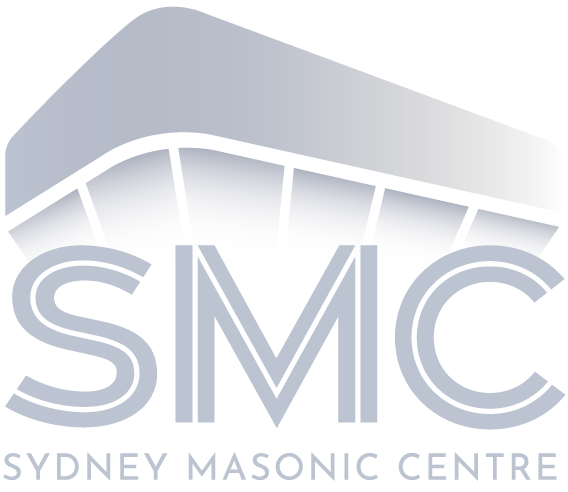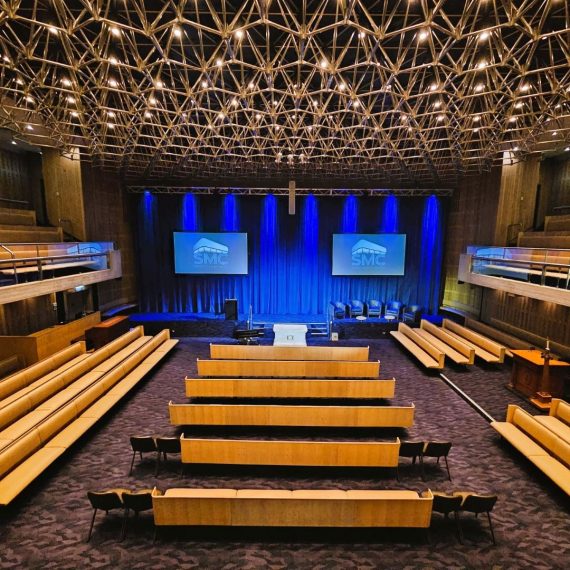Sydney Masonic Centre – CO2 Sensors
Covid-19 is transmitted in 3 different ways: by droplets’ projection, by direct or indirect contact, and by aerosols. Aerosols are very fine droplets (less than a micron in diameter) that are emitted into ambient air when a person breathes or speaks. These particles are likely to remain suspended in a room’s ambient air for several hours. Because people emit aerosols like they emit carbon dioxide, the CO2 air quality indicator can be used to determine the presence of pathogens in a room. Thus, a high target gas concentration implies the presence of aerosols (Covid-19 contaminated or not).
In an occupied room of a school, an office or a meeting room, the presence of CO2 is normal. This gas is naturally released by the human body. Therefore, the more people there are in a room, the more the CO2 concentration in ambient air increases thereby degrading the indoor air quality. Measuring this gas is the easiest way to evaluate the air quality and assess the ventilation quality in a room. When the concentration is too high (above 800 – 1000 ppm), indoor air is not considered healthy. The room must then be ventilated (window opening or HVAC ventilation provided).
All event rooms and foyers at Sydney Masonic Centre have CO2 sensors installed. This was included as part of the recent multimillion dollar refurbishment which was completed in 2019. These sensors continually monitor the room’s return air and if levels of CO2 exceed 800-900ppm, the HVAC system automatically calls for additional outside air to regulate the CO2 level.
Faced with the observation of Covid-19 aerosols contamination, health authorities advocate for good ventilation in occupied rooms and present it as one of the first lines of defence against the virus. Evacuating aerosols by renewing the room’s air will then assist to maintain a lower risk of Covid-19 contamination.





